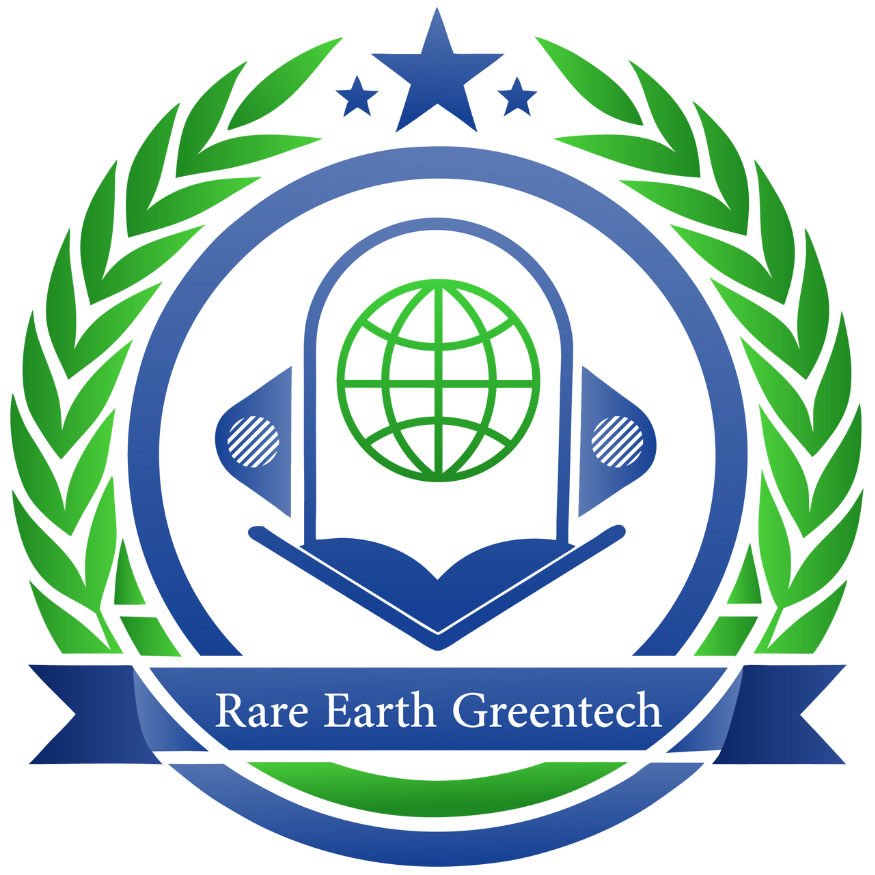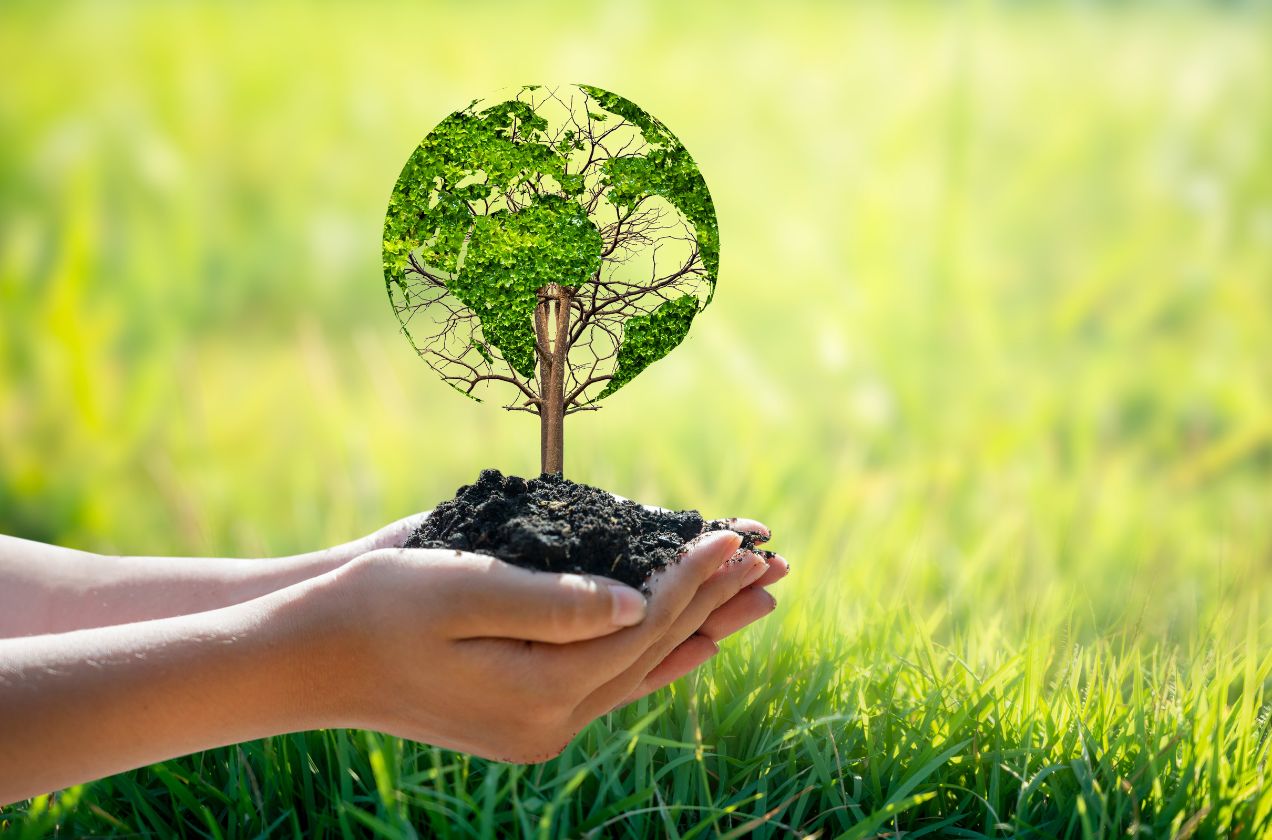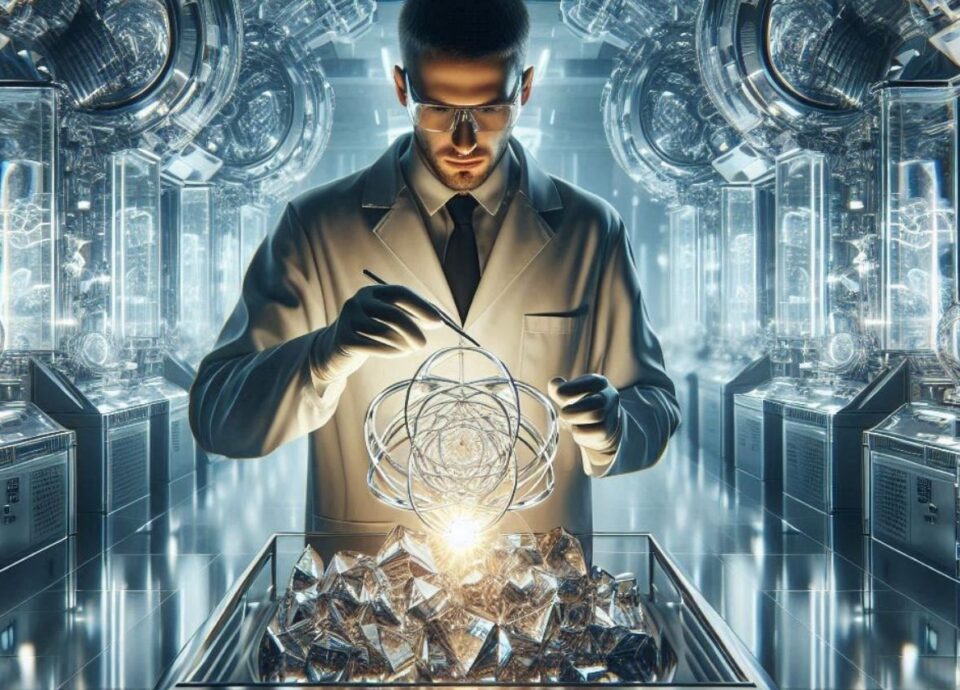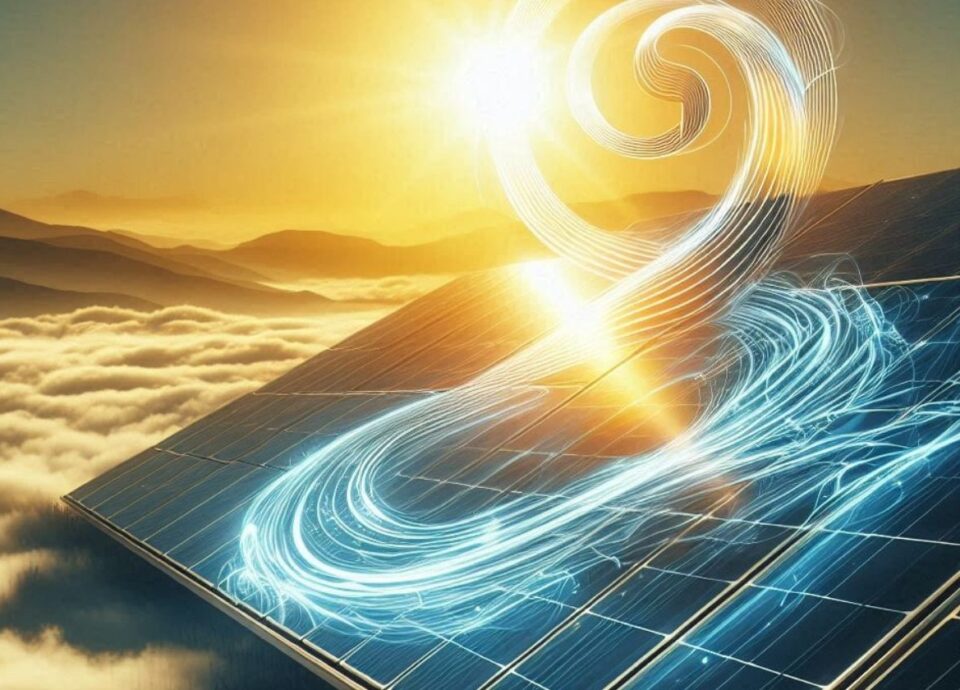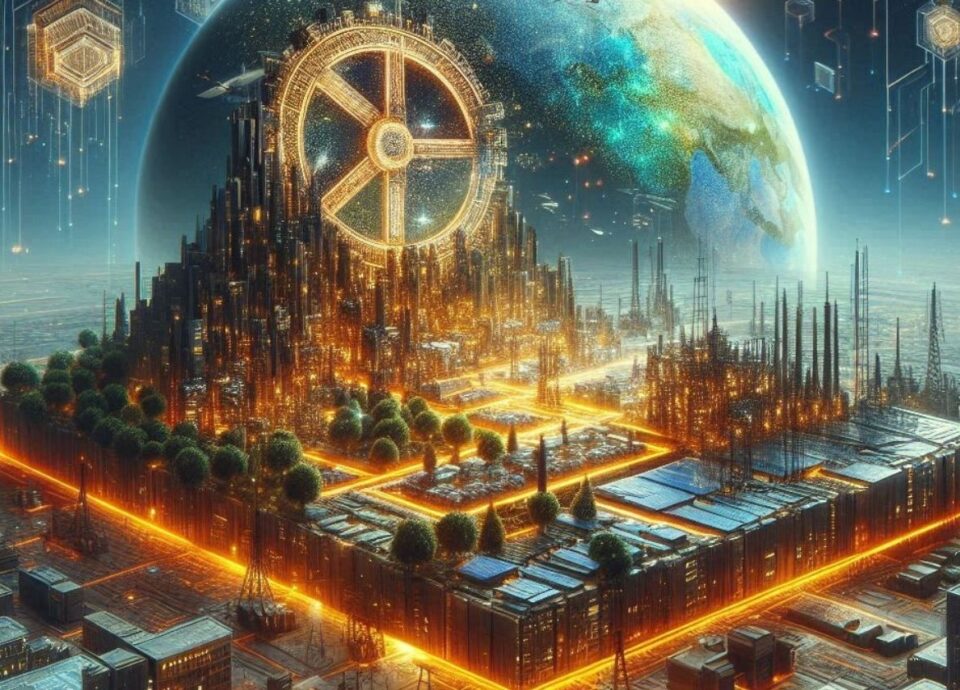Imagine a world where clean air, pure water, and lush green landscapes are not rare luxuries but everyday realities. A world where energy is renewable, waste is minimal, and innovation works in harmony with nature. This is the vision of a Green World — a sustainable, inclusive, and balanced planet where progress doesn’t come at the cost of the environment.
As climate change, pollution, and resource scarcity threaten our global future, building a Green World has become more than just an ideal. It’s an urgent necessity. Governments, businesses, and individuals around the globe are now taking significant steps toward creating this greener reality.
What is a Green World?
A Green World is not just about planting more trees or switching to paper straws. It’s about systemic change — rethinking how we live, produce, and consume. It’s about aligning economic growth with environmental preservation and social well-being.
At its core, a Green World promotes:
- Clean and renewable energy
- Sustainable urban development
- Efficient transportation systems
- Eco-friendly industrial practices
- Conservation of biodiversity and natural resources
In this world, technology, policy, and everyday behavior all work together to protect the planet while improving quality of life.
Key Elements of a Green World
1. Renewable Energy Sources
Fossil fuels are being replaced by solar, wind, hydro, and geothermal energy. This shift reduces greenhouse gas emissions and creates energy systems that are cleaner, safer, and more sustainable.
2. Smart Cities and Infrastructure
Urban planning is evolving to include green buildings, energy-efficient lighting, electric transport, and waste recycling systems. Smart cities are designed to reduce environmental impact while enhancing convenience and livability.
3. Green Mobility
From electric vehicles to bike-friendly roads and intelligent public transport, mobility in a Green World is clean, connected, and accessible to all — dramatically reducing pollution and traffic congestion.
4. Circular Economy
Instead of the traditional “take-make-dispose” model, a Green World thrives on recycling, reusing, and regenerating. Products are designed for longevity, and waste becomes a resource.
5. Environmental Stewardship
Protecting forests, oceans, and wildlife is essential. Reforestation, conservation efforts, and sustainable agriculture ensure that ecosystems remain intact and biodiversity thrives.
The Role of Technology and Innovation
Technology plays a crucial role in creating a Green World. Smart grids, AI-powered energy systems, green data centers, and automation in agriculture are all examples of how innovation can reduce our ecological footprint while improving efficiency and productivity.
Likewise, companies are now developing materials and processes that are biodegradable, carbon-neutral, and low-impact, leading the charge toward a cleaner industrial future.
Everyone Has a Role
Governments can enforce green policies and invest in renewable infrastructure. Businesses can innovate responsibly and prioritize sustainability in their supply chains. Individuals can adopt eco-conscious habits — from reducing waste and saving energy to supporting green brands and planting trees.
No step is too small when it contributes to a greener world.
Conclusion
Creating a Green World is not a dream; it’s a direction — one that leads to long-term prosperity, health, and balance. By embracing sustainability at every level, we can build a future that respects nature while continuing to thrive. The time to act is now, and together, we can turn the vision of a Green World into a reality for generations to come.
